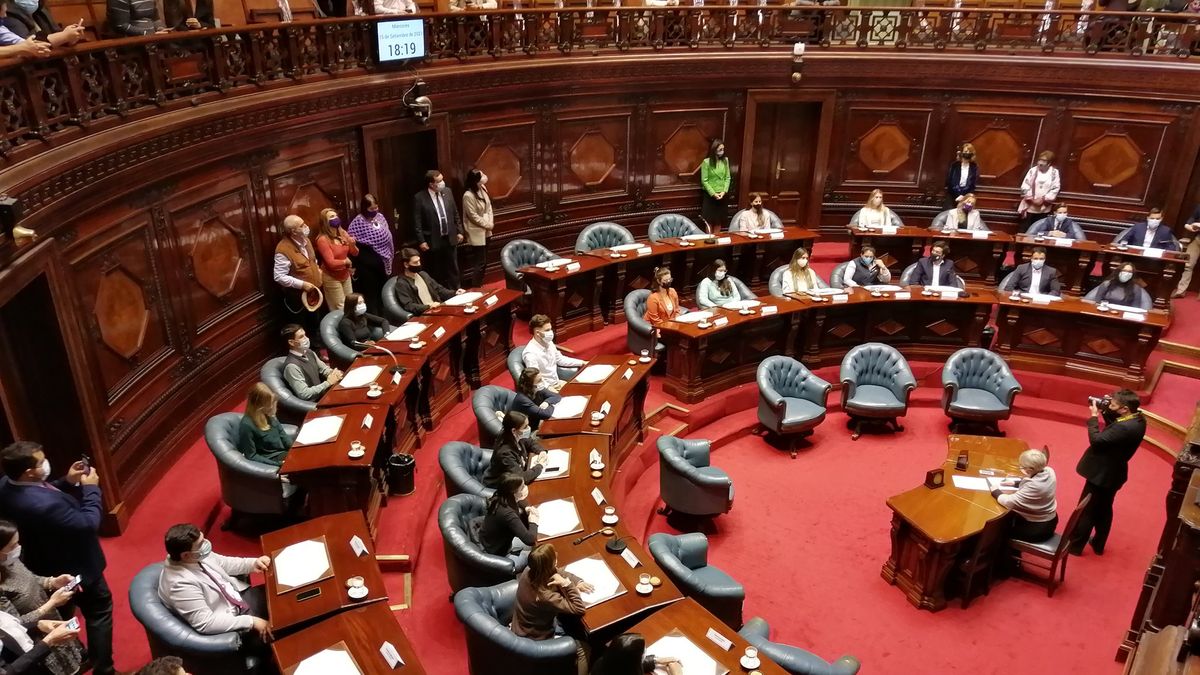First smoke weed, then get behind the wheel? After a previously very rigid legal situation, new legal requirements are coming into force. If you get caught, it can still be expensive.
It is actually clear to most people that drugs make driving less safe – when it comes to reactions or recognizing risky situations. Despite this, you are often still allowed to drive after a beer. Following partial legalization in Germany, new regulations now apply to cannabis when driving after smoking weed. As with the 0.5 per mille limit for alcohol, this includes a legal limit on how much of the intoxicating substance THC is tolerated in traffic. Violations can result in high fines. However, the changes are not without controversy.
Why are there new cannabis rules for drivers?
The changes to traffic law decided by the traffic light coalition have now come into force. They come alongside the limited legalization of cannabis, which has permitted smoking and private cannabis cultivation for adults since April 1st, subject to numerous requirements. The Federal Ministry of Transport stated that the law creates legal certainty and legal clarity. With special regulations for novice and young drivers, a significant contribution is being made to road safety.
Are the new guidelines more relaxed?
Experts have been discussing new regulations for some time. Until now, the strict line was that consequences could be threatened even if tetrahydrocannabinol (THC) was detected. There was no legal limit for this, but the mark of 1 nanogram per milliliter of blood was established in case law. At the traffic court day, however, experts spoke out in favor of an “appropriate” increase as early as 2022. This is because this is so low that many people would be sanctioned for whom there is no justification for a reduction in driving safety.
What exactly is the limit?
The rule now is: Anyone who intentionally or negligently drives with 3.5 nanograms of THC or more per milliliter of blood generally risks a 500 euro fine and a one-month driving ban. This threshold follows recommendations from an expert commission of the Ministry of Transport, according to which a safety-relevant effect is “not unlikely” from this point onwards. It is comparable to 0.2 per mille of alcohol and is well below the threshold of 7 nanograms, at which an increased risk begins.
Who is subject to stricter cannabis regulations?
It is now a new offence if you smoke weed and drink alcohol. This usually means a fine of 1,000 euros, plus a one-month driving ban, rather than just 500 euros. For new drivers, the same applies as for alcohol: cannabis is prohibited during the two-year probationary period and for those under 21. The limit of 3.5 nanograms therefore does not apply. The penalty is usually 250 euros.
Are there exceptions for special cases?
THC while driving concerns all types of cannabis consumption, as explained in the draft law – i.e. joints, but also THC-containing foods, drinks, oils and extracts. However, this does not apply if the THC “comes from the intended use of a drug prescribed for a specific illness”. During checks, sensitive saliva tests should be used “as a preliminary screening to prove current consumption”, the justification for the draft law states. If someone shows signs of impairment, a blood sample is required in any case, even if the saliva test is negative.
What are the effects of cannabis while driving?
It is undisputed that drugs affect the ability to drive. However, the way cannabis works is not the same as alcohol. It is therefore not possible to “feel closer” to the THC limit, as the draft states. The expert commission referred to studies on the effects. Safety-relevant effects are most pronounced 20 to 30 minutes after consumption and subside after three to four hours. In users who smoke weed no more than once a week, the THC concentration drops within a few hours. With frequent consumption, THC can accumulate in the body and can still be detected in the blood for days or weeks.
What are your opinions on the new rules?
The ADAC automobile club considers the limit to be plausible. “There is no evidence so far that the interests of road safety are being compromised by this,” it said in a statement for the discussions in the Bundestag. However, it is important not to give the wrong impression. The rule is: “If you drive, don’t smoke weed!” For the German Police Union, the new limit is a step in the wrong direction. The old threshold of 1 nanogram is moderate and highly valid, it warned in a statement. “In order to increase road safety, an adjustment of the alcohol limits would have been necessary.”
Source: Stern
I have been working in the news industry for over 6 years, first as a reporter and now as an editor. I have covered politics extensively, and my work has appeared in major newspapers and online news outlets around the world. In addition to my writing, I also contribute regularly to 24 Hours World.




